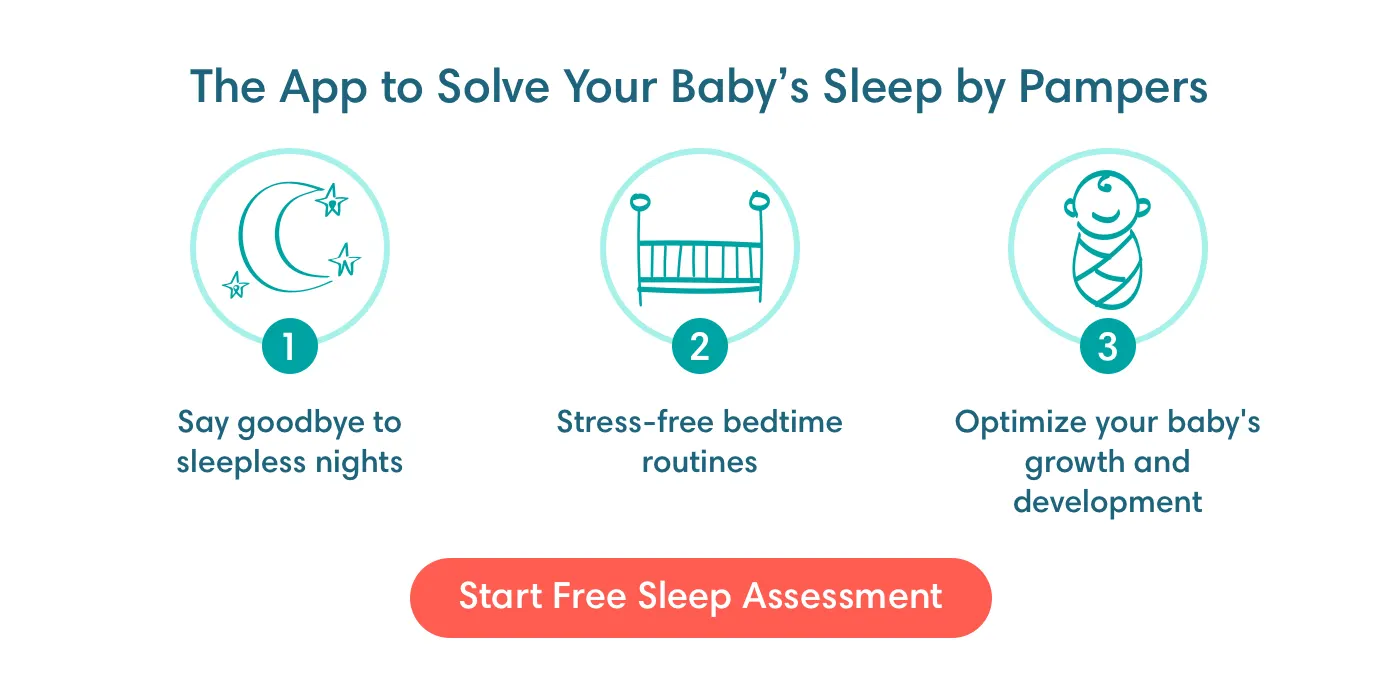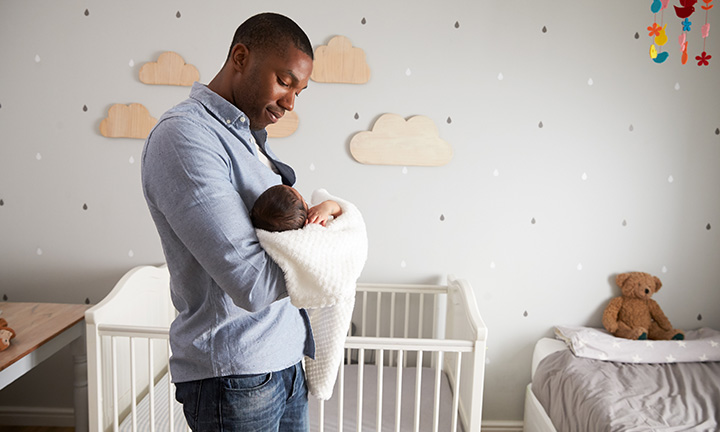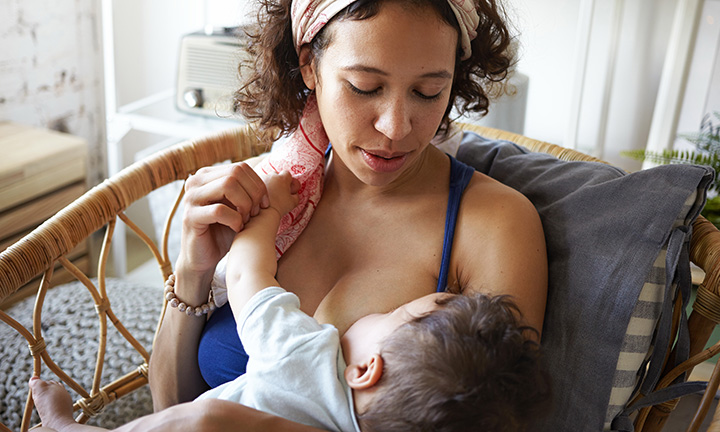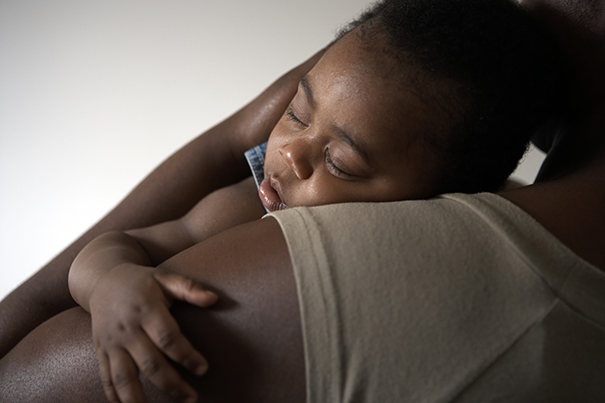
Making the Transition to a Toddler Bed
Graduating from a cot to a bed is a big milestone for your toddler! It may be an exciting development for your newly minted ‘big kid’, with all the status and freedom that comes with it, but it also can mean more work for you, from choosing the right type of bed for your little one and getting them to stay in it all night to creating a safe sleep environment and taking additional steps to help ease this transition. Keep reading to learn more about how, when and what to do as the time comes to transition your toddler from cot to bed.
When to Transition Your Toddler from a Cot to a Bed
When your child reaches about three feet tall, or somewhere between the ages of 18 months and 3 years, you can start having them use a bed instead of a cot. Another telltale sign your child is ready for a toddler bed is if they’re able to climb out of the cot even with the cot mattress at the lowest setting.
How to Make the Transition Easier
For some toddlers, the transition from cot to bed may go smoothly, as it gives them a sense of being a ‘big kid’. For others, when to transition to a toddler bed may require a little more help to make the switch. Whether your child seems to be transitioning easily or not, it’s best to keep the same bedtime routine you’ve established in infanthood to make the change feel less extreme. Of course, a major difference between sleeping in a ‘big kid’ bed and a cot is that a bed doesn’t have sides, and your child will have been used to being surrounded on all sides in the cot.
Here are two ways you can make this new sleeping environment more comfortable for your child:
Types of Beds to Use
There are various options when it comes to making the transition to a toddler bed:
Reinforcing the ‘Stay in Your Bed’ Rule
It’s finally happened: Your little one has graduated to a bed! However, this new sleeping arrangement might be nerve-racking for you, especially if climbing out of bed in the middle of the night and wandering off might be involved. Check out the following advice to help keep your toddler in bed, and to help them get back to bed if they get up and wander during the night.
How to Keep Your Toddler in Bed When Transitioning from a Cot
Here are some guidelines for keeping your toddler in bed:
Helping Your Toddler Get Back to Their Own Bed
Follow this step-by-step approach for getting your toddler back into bed if they’ve climbed out and wandered off:
You may need to repeat some of these steps several times in a single night. The best piece of advice is to remain calm and keep your interactions brief and low-key, even boring, and not reward your child with too much attention. Consistency and sensitivity can help you put an end to night-time escapes and enforce the rules of staying in bed. If your toddler manages to stay in bed throughout the night, pile on the praise in the morning. Tell them how proud you are and how proud they should feel that they slept through the night in their own bed. If your toddler’s still struggling with the transition to their toddler bed, or if you have any other sleep-related questions, download the Smart Sleep Coach app by Pampers. This easy-to-use app offers everything you need to know to easily transition your baby to their big kid bed as well as tools and other helpful sleep-related information.
Childproofing and Safety
It isn’t always possible to keep your toddler from climbing out of bed at night and wandering around. Therefore childproofing your toddler’s room is a good idea before they become more mobile and independent. Here are some ways to childproof your toddler’s bedroom before transitioning from a cot to a bed:
FAQS AT A GLANCE
Placing a mattress on the floor is a good first step to help your toddler transition from a cot to a bed. Alternatively, you can add a guard rail to their bed, which can give them a similar feeling of security as the sidewalls of a cot.
The Bottom Line
Transitioning your toddler from a cot to a bed can be a big, but exciting change. Your little one may enjoy the freedom of moving from an enclosed cot to a wide-open, big kid bed. However, you can be sure that this period will come with a few challenges, including your child climbing out of bed at night and wandering off – in most cases to find you! One of the first things to do when starting this transition is to decide on the type of bed you’d like for your toddler and whether you’d like to start with the mattress on the floor before putting the mattress into a bed frame and using a guard rail. Keep safety top of mind by anchoring heavy pieces of furniture to the wall and using childproof locks on cabinet doors and drawers. And, if you’ve got a little climber on your hands, make sure the area around the bed is free of large toys or furniture that your child could use to climb out. Set rules for helping your toddler understand the importance of staying in bed. If they do climb out, take them back to bed and tell them that they need to stay in bed. Assure them that you’ll check on them now and then, and, when the morning comes, praise them for sleeping in their own bed.
How We Wrote This Article The information in this article is based on the expert advice found in trusted medical and government sources, such as the National Health Service (NHS). You can find a full list of sources used for this article below. The content on this page should not replace professional medical advice. Always consult medical professionals for full diagnosis and treatment.











